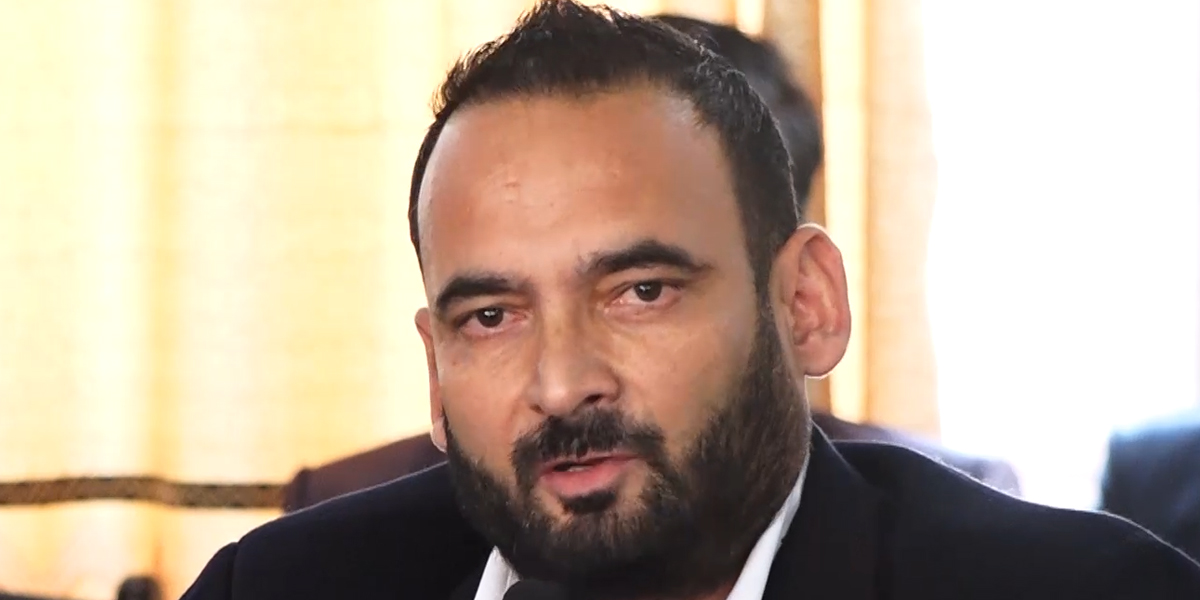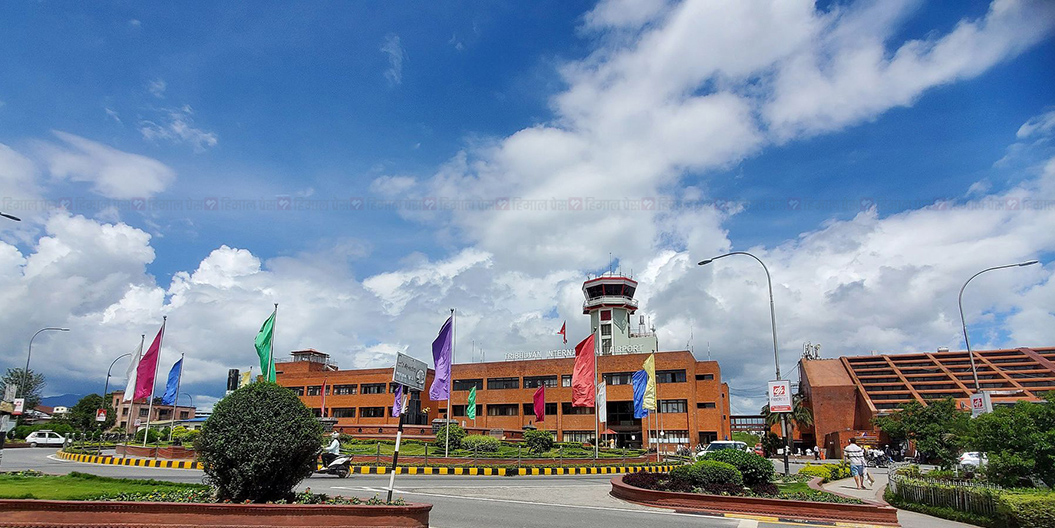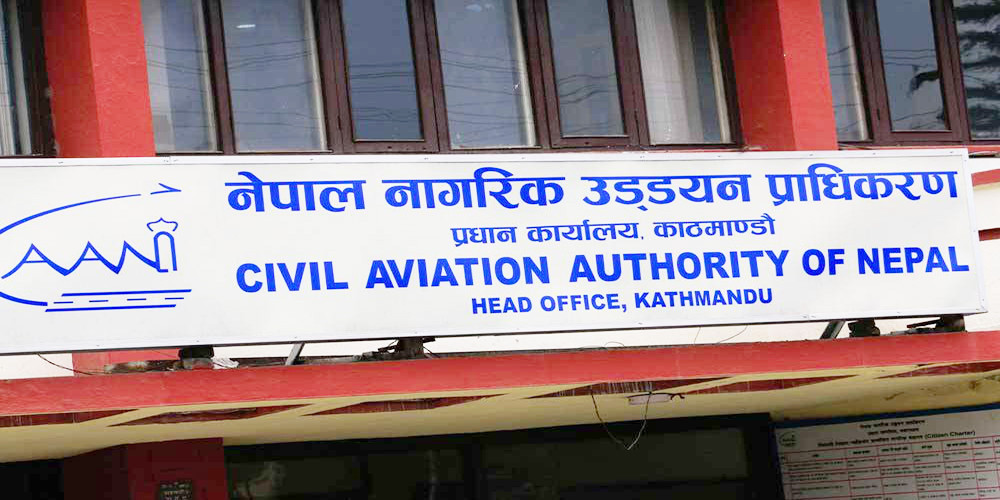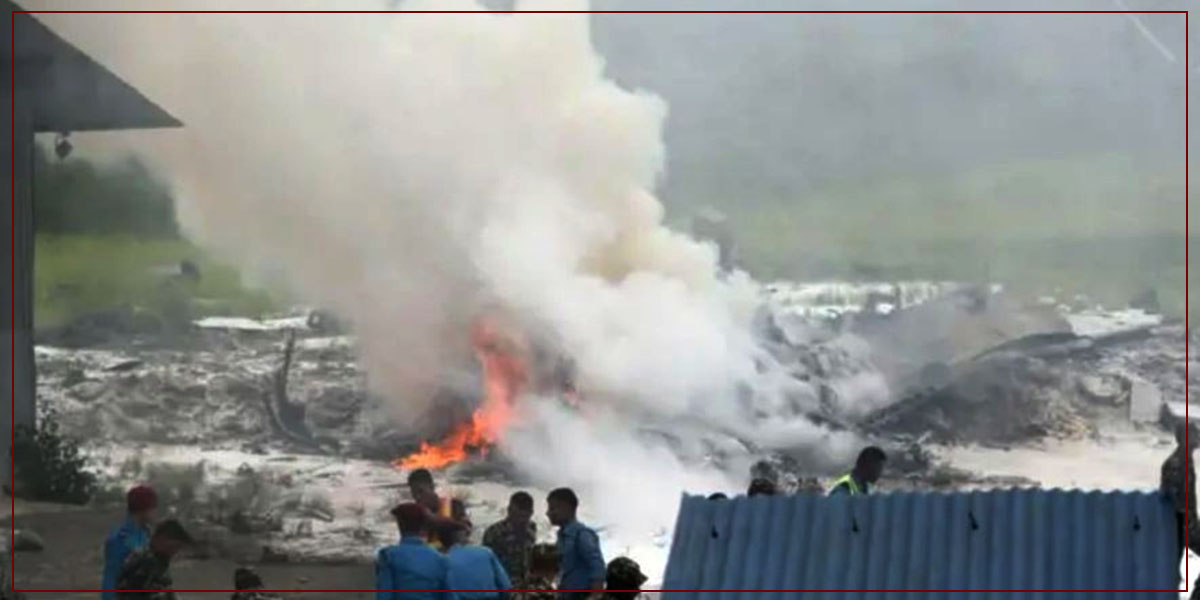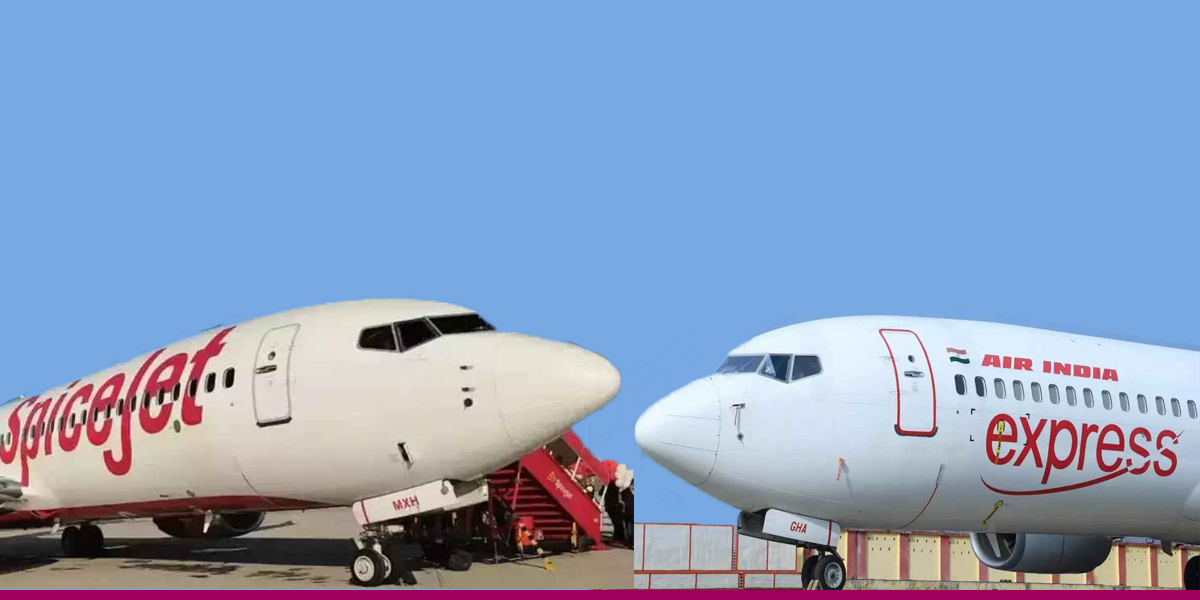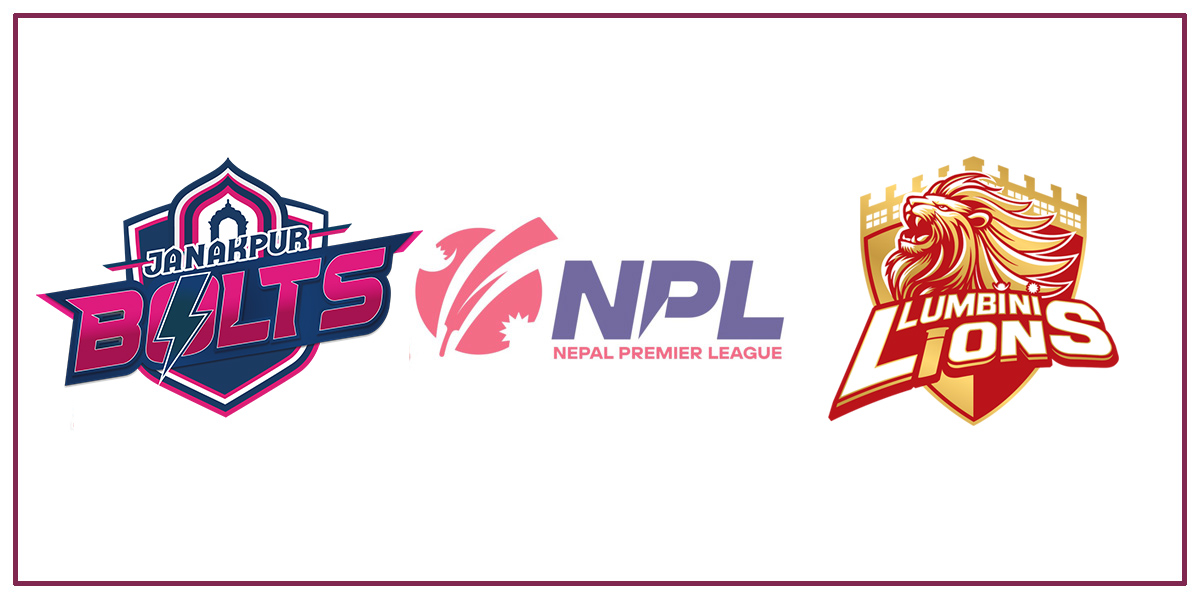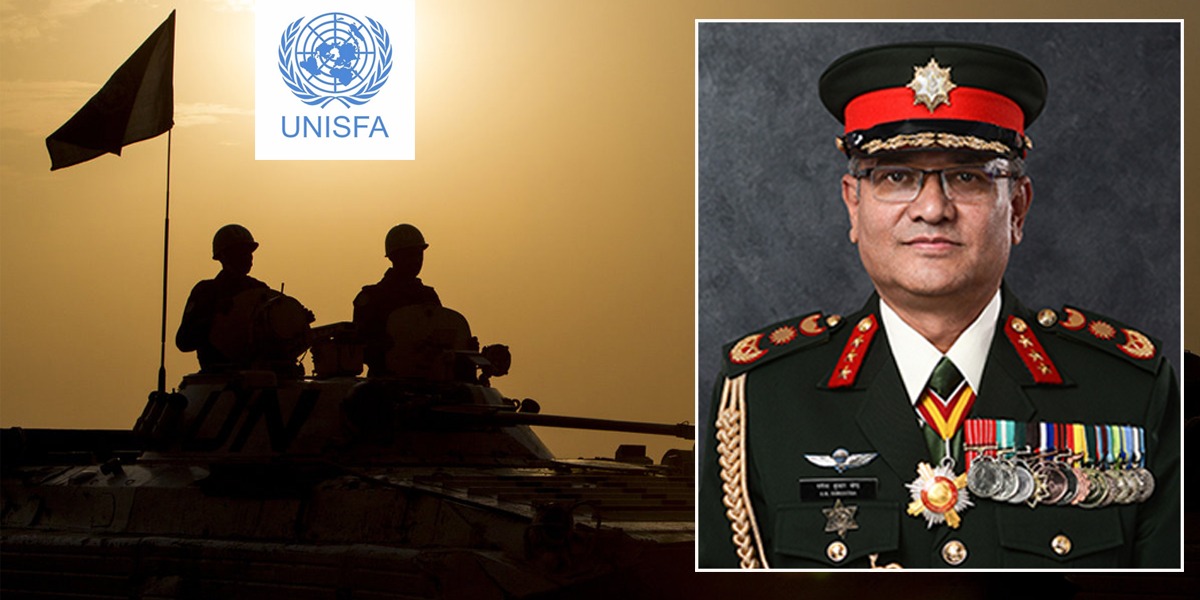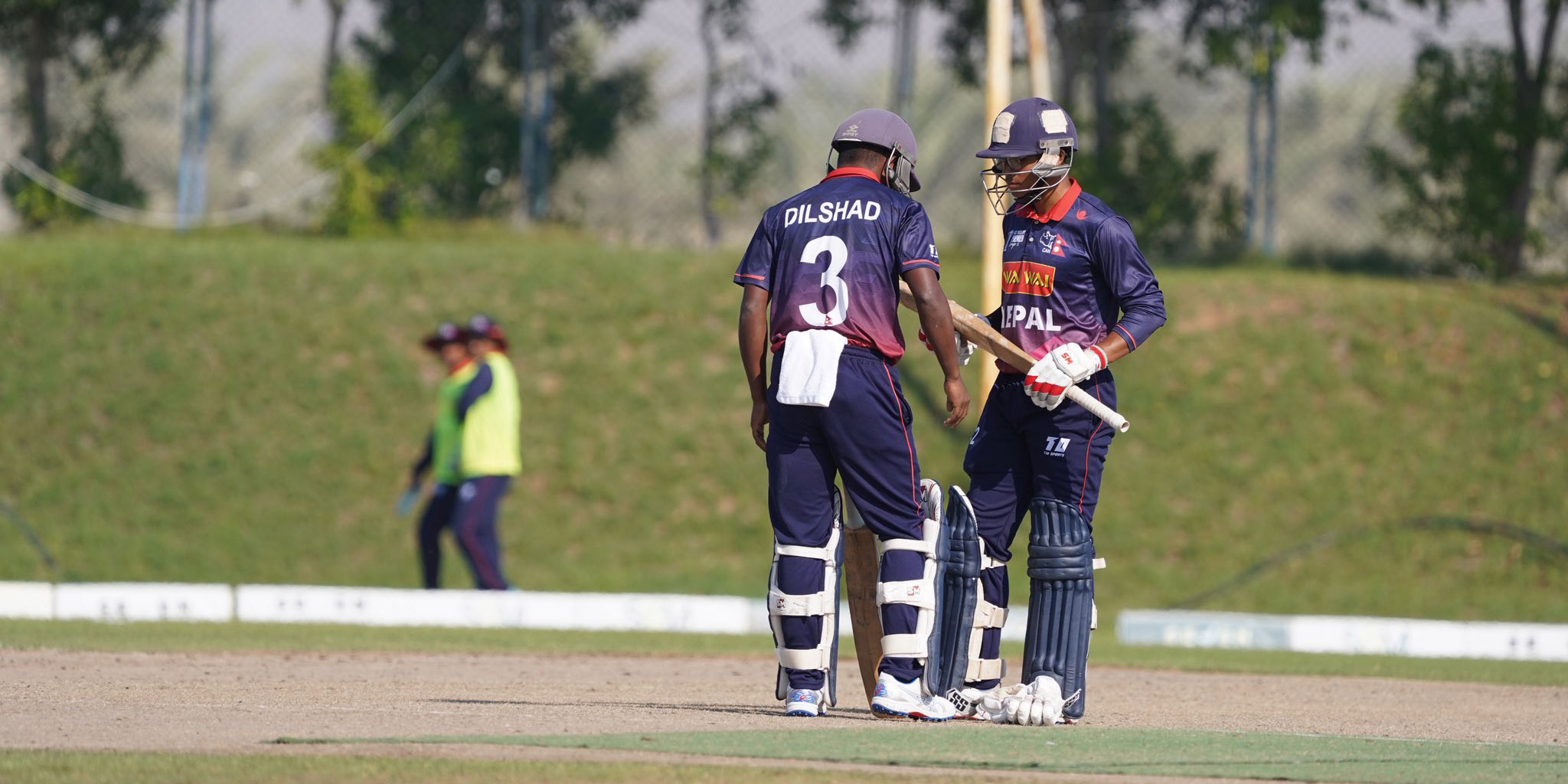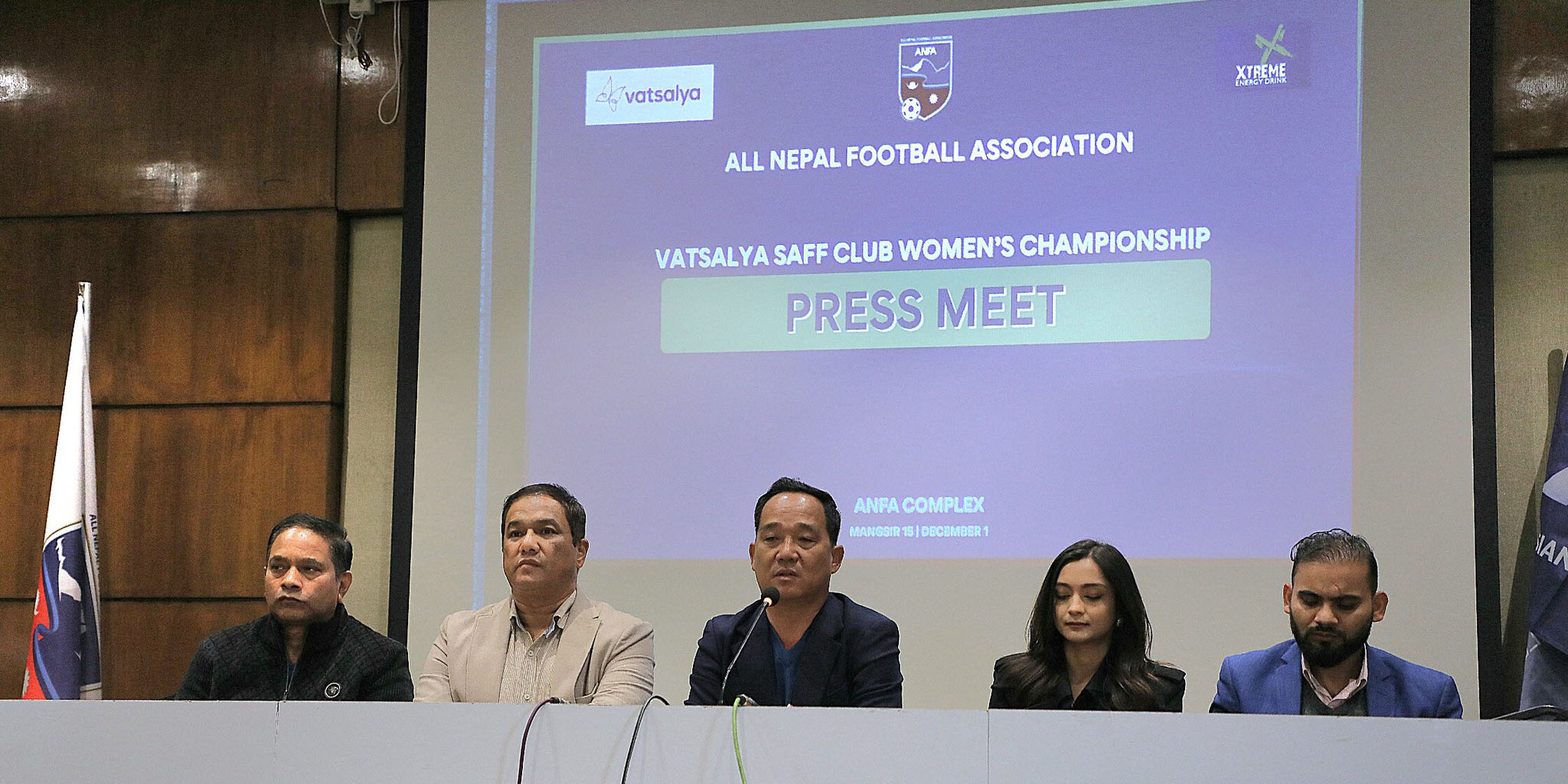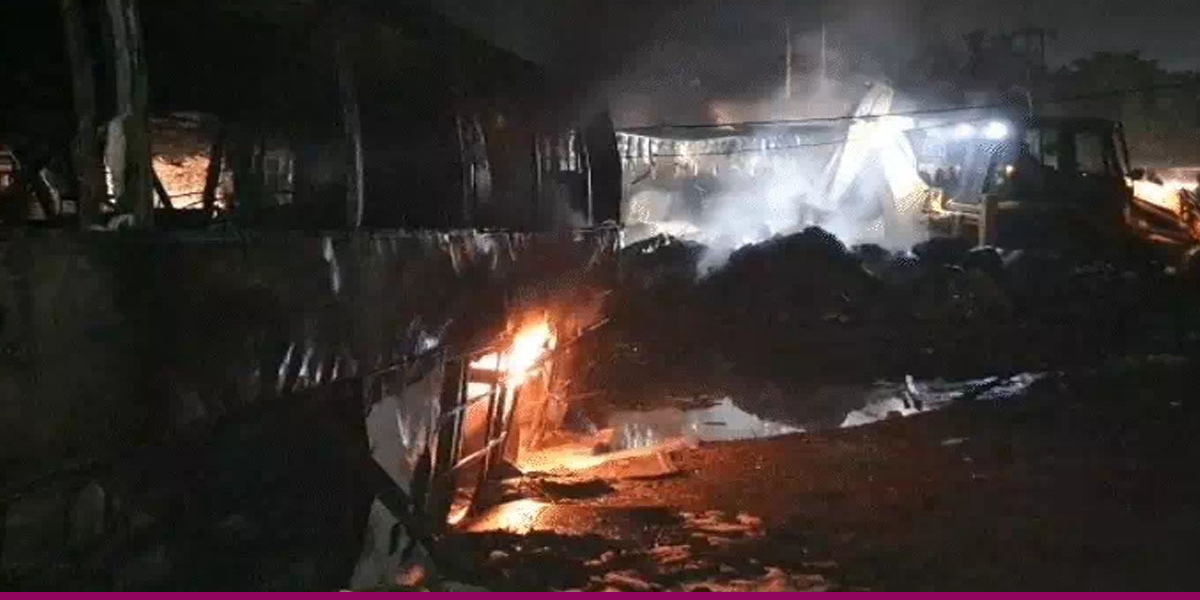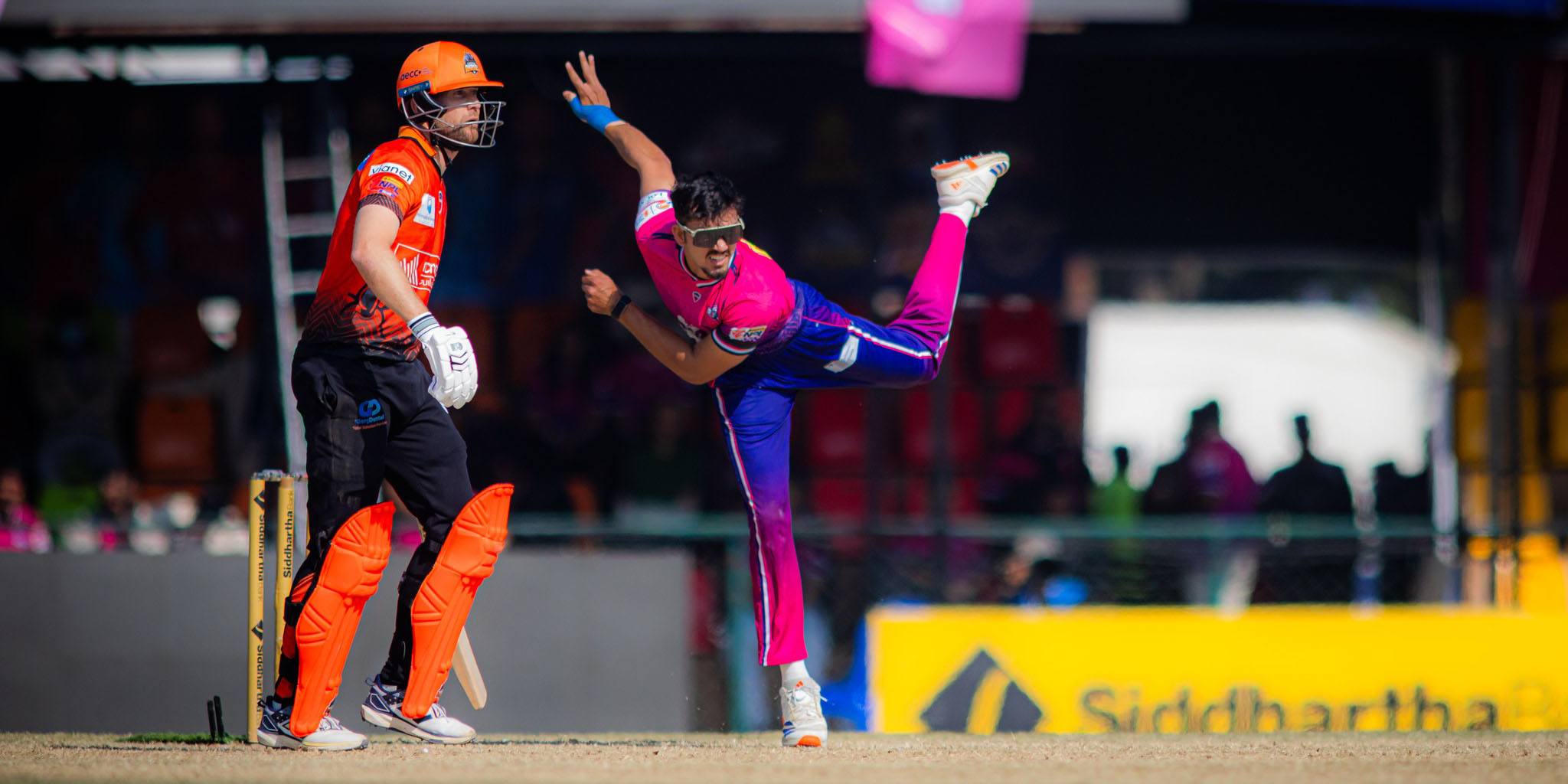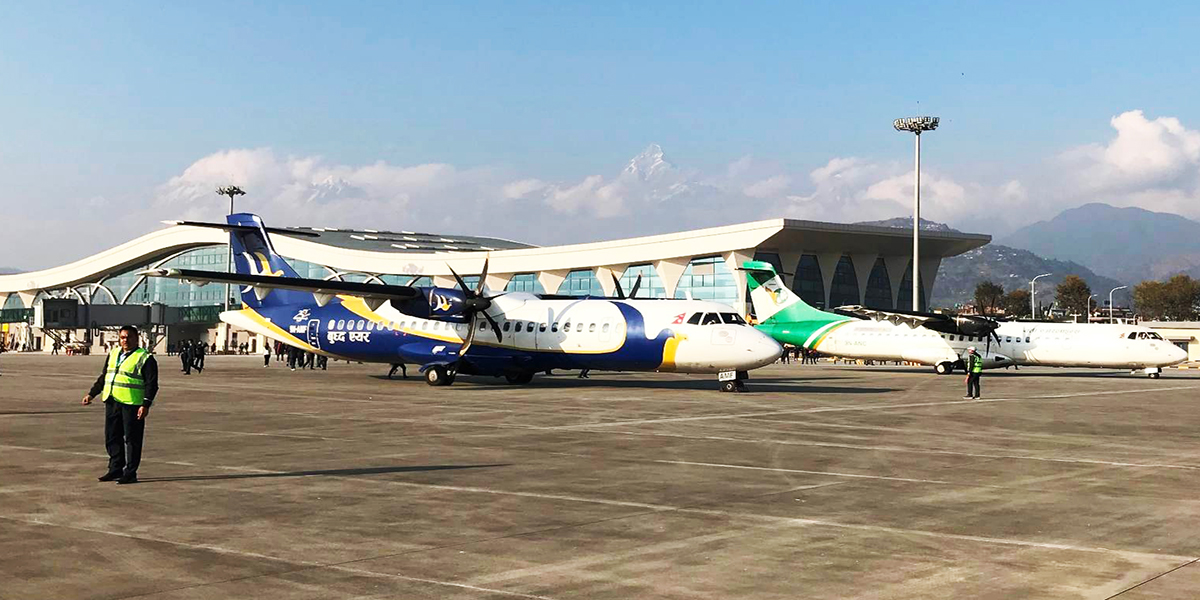 ATR-72 aircraft of Buddha Air and Yeti Airlines on the tarmac of Pokhara International Airport. (File Photo)
ATR-72 aircraft of Buddha Air and Yeti Airlines on the tarmac of Pokhara International Airport. (File Photo)
KATHMANDU: Civil Aviation Authority of Nepal (CAAN) has made IFR (instrument flight rule) flight operation mandatory for all aircraft flying to controlled aerodrome from the summer schedule (late March).
The decision, however, will not be applicable for STOL aircraft like Twin Otter, LET 410 and Dornier.
According to the Federal Aviation Administration (FAA) of the US, IFR refers to rules and regulations established by the FAA to govern flight under conditions in which flight by outside visual reference is not safe. “IFR flight depends upon flying by reference to instruments in the flight deck, and navigation is accomplished by reference to electronic signals,” states the Instrument Flying Handbook of FAA.
Similarly, CAAN has made it mandatory for fixed-wing aircraft to maintain a minimum altitude of 1,000 feet for stabilized approach under Visual Flying Rules (VFR) flights. Such requirement for STOL aircraft has been set at 500 feet.
CAAN has also introduced a new rule that requires instructor pilots to undergo a Proficiency Check/Skill Test from the manufacturer of the aircraft concerned or companies recommended by the manufacturer before pilot proficiency check (PPC) of other pilots.
Likewise, CAAN has lowered the flight time limitation for pilots to a maximum of seven hours from eight hours for STOL airfields. Such limitations for other airfields have been reduced to eight from the existing hours per day. Similarly, the number of flights that a pilot can operate in a day has been brought down to eight from the existing 10.
Issuing a statement, CAAN said that new measures have been taken to make flying safe, dependable and disciplined.
The decision comes in the wake of a tragic air crash in Pokhara on January 15. All 72, including four crew members, on board died when an ATR 72-500 aircraft of Yeti Airlines crashed near Pokhara Airport.

 Himal Press
Himal Press 